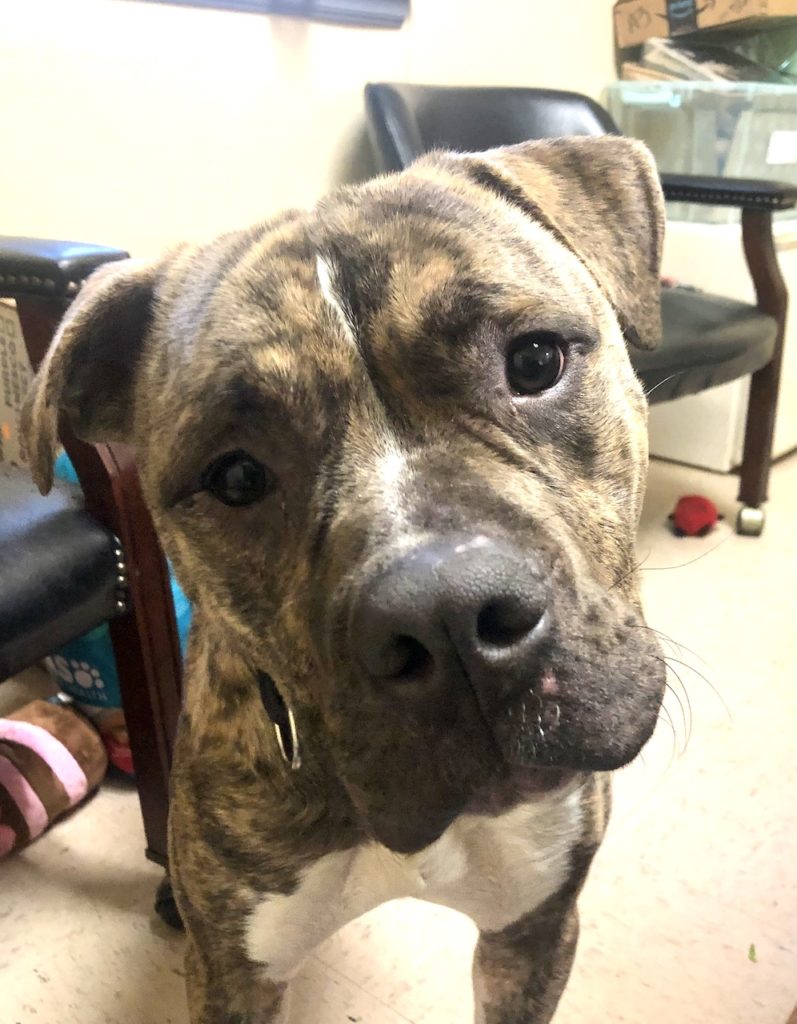This post was written by Jessi Princiotto – she lives in Bend full-time and serves as the Chief Marketing & Communications Officer for Animal Protection New Mexico and Animal Protection Voters.

I promise: No depressing photos of sad dogs behind bars. No guilt trips for buying that
Labradoodle puppy. But the fact is, most animal shelters are full right now, with more and more animals coming in every day. And you can do something about it.
The events of the past few years (most notably a global pandemic) have created a perfect storm
for pet overpopulation—and full animal shelters.
The pandemic’s impact on delaying spay/neuter services, a national veterinarian and vet tech shortage, plus a high rate of ‘pandemic pet’ surrenders to animal shelters as people started to return to the workplace, all contributed to the current situation.

Quite simply, there are more dogs than adopters.
Even some transport programs (that move sheltered pets from at-capacity facilities to ones with space for better chances of adoption), are hitting walls, discovering that shelters which were once able to take in transfers are now full themselves.
So what can you do for animal shelters?
1. Adopt your next dog.
No matter who you’re looking for—big, small, goofy, chill, purebred, pure mix—your dog is out there. You may not find him or her at your closest animal shelter, so venture beyond your zip code. Visit petfinder.com and adoptapet.com to get started. (Check out the list here, too.)

2. Foster a Dog.
Fostering (providing temporary care for an adoptable dog in your home) is a great way to provide immediate help, if your situation allows it. Not only does it provide a safe, lower-stress environment for a dog from a shelter, it also allows you to really get to know the dog. This becomes valuable information you can provide for the dog’s ultimate adopter, increasing his or her chance for adoption. Just imagine how reassuring it is to someone adopting a dog to have all that background info (ie. “he’s great with cats and kids”). Another benefit is that every dog who leaves a shelter opens up a spot for the next,
incoming dog at all animal shelters.
3. Volunteer at a local animal welfare organization
Volunteering is not only good for the animals, it’s good for you.
Most shelters, rescue organizations, and transport groups rely on volunteers to deliver on their mission. Whether you want to work directly with dogs or not, you’re likely to find ways to get involved that utilize what you like to do. Reach out and see what they need.
Get involved with activities that help to lower the numbers of dogs entering the shelter system to begin with! For example, data shows that many people surrender their pet to a shelter when they encounter temporary financial hardship.
So supporting a community pet food bank through volunteering, donations, advertising (or even starting one if it doesn’t exist) will help. Another example: spay/neuter rates are low in geographic areas that lack access to veterinary care. You can help by volunteering with/donating to organizations that provide affordable, accessible spay/neuter services. Street Dog Hero, The Rawley Project, and HSCO are some local examples.

4. Be an Advocate
Stay informed about animal welfare issues and get involved in the effort to provide affordable spay/neuter surgery for all pet guardians. There are many advocacy organizations that work on big picture change for animals, at the local, state, and national level. Think ASPCA or Humane Voters I Oregon, for starters.
If you grieve all those dogs who have been euthanized due to lack of adopters, take a moment to do so. But just a moment. Then take action in whatever way you can to do something about it. Because every action makes a difference. And everyone can do something.

